Seville’s beauty, history, and unique culture and atmosphere has served as the muse for countless artists, writers, and composers over the centuries. It is little wonder that over 100 operas have been based in Seville.
Walking around this enigmatic city, you can easily see why so many operas got their start here. The winding streets of Seville’s old town hint at hidden stories. The clash of cultures and identities between the upper classes and the Roma community in times gone by offer immense inspiration for those with a creative mind. Today, anyone wanting to enjoy opera spots in Seville can find various opportunities to see some amazing performances.
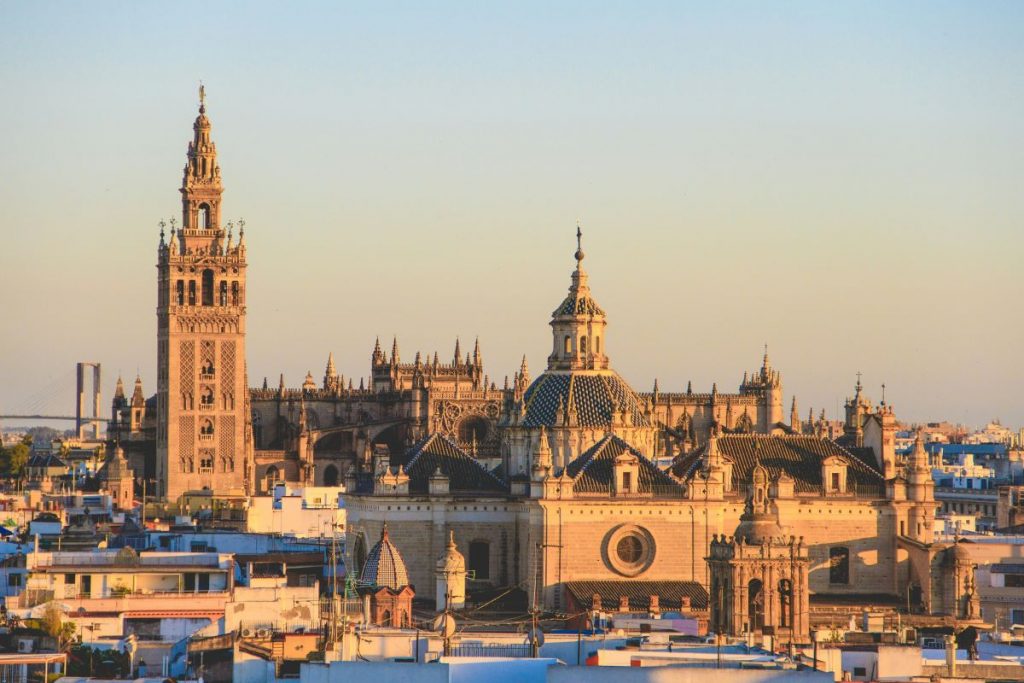
For those true opera lovers who want to walk in the footsteps of Carmen and Don José, Figaro, or everyone’s favorite lothario, Don Juan Tenorio, exploring operas set in Seville offers the unique opportunity to visit the locations of some of the most famous scenes played out at opera houses around the world.
To truly experience the history of opera in Seville, we will guide you through some of the locations you can visit, from works such as Bizet’s Carmen, Rossini’s Barber of Seville, to the many operas based on the local legend of Don Juan, who may have been inspired by a Sevillano nobleman.
Carmen
Bizet’s Carmen may be the most famous of the many operas set in Seville. Carmen tells the story of Carmen, a free-spirited Romani woman working in the tobacco factory, her tumultuous love life and her tragic end. This story can be followed through in many locations around the city.
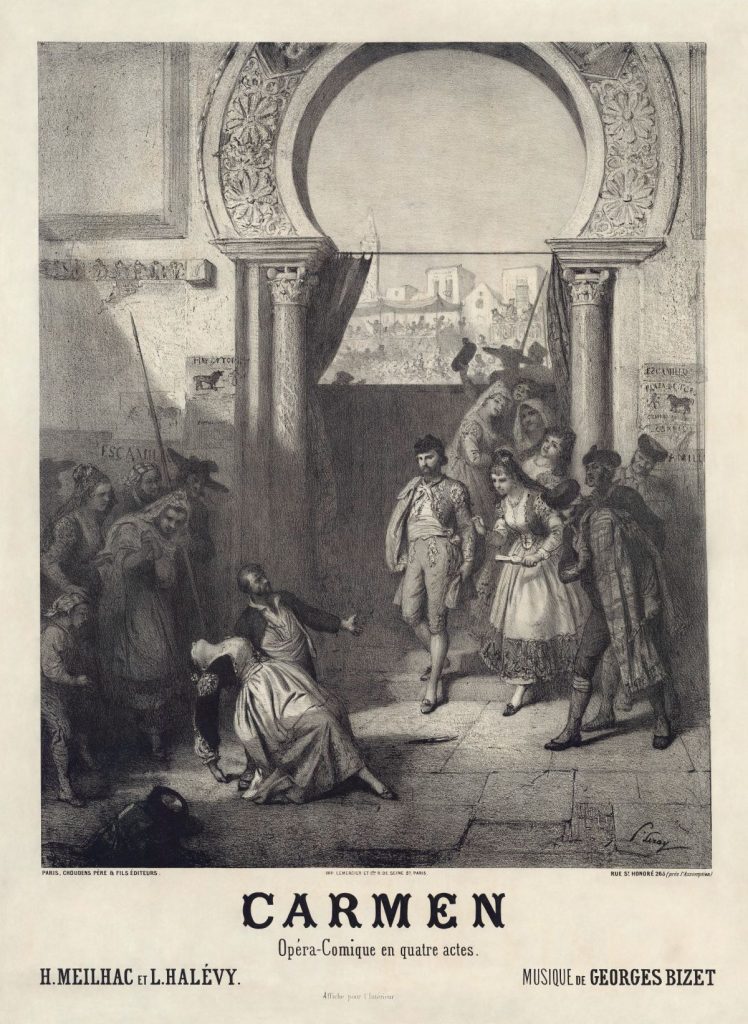
The Royal Tobacco Factory
For anyone wanting to explore opera locations in Seville, the first stop should be the Royal Tobacco Factory. Carmen’s place of work is still standing and available to visit. This stunning 17th century building once provided work for 4,000 cigarette girls like Carmen. Back in its operation, it held its own courthouse and prison, demonstrating how much control there was over Carmen’s colleagues.
Today however, it is part of the University of Seville, housing the faculties of philology and geography and history. It is also home to a considerable amount of the art belonging to the university. Visits are free, but visitors are asked to be respectful of the students attending classes.
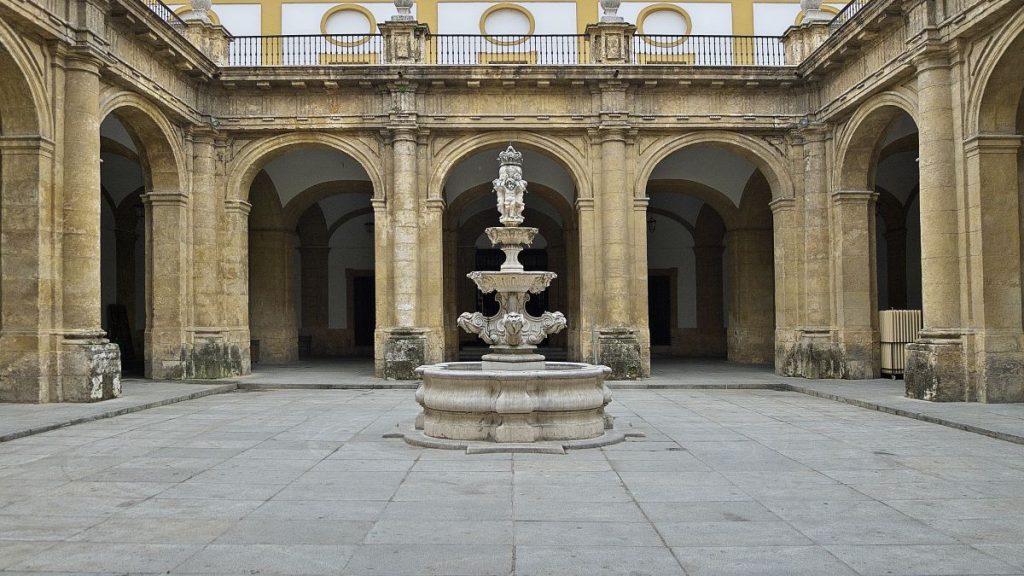
Callejón de Agua
After persuading Don José to help her escape her escort on the way to the jail within the tobacco factory, she goes to La Taberna de Lilas Pastia for a glass of crisp, refreshing Manzanilla sherry wine. Try this local specialty, favoured by Carmen herself, in the one of the many traditional taverns around Seville. It is widely believed that the location of this fictitious bar should be on this narrow street in the old Jewish quarter.
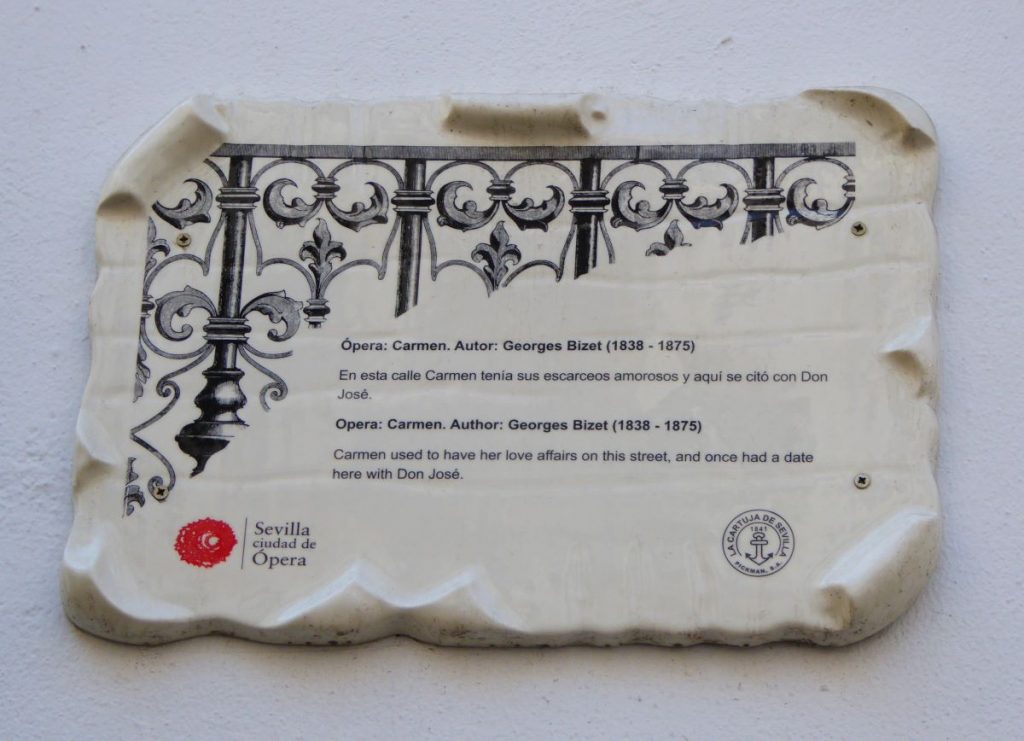
Insider’s tip: As you wander around the city, take a look at the walls as you go. Not only will you take in the incredible architecture of the mudejar and the more modern art deco style, but every location of an opera in Seville is marked with a plaque and an explanation of the scene that occurs there.
Calle de la Judería
This tiny, winding ancient street is where in the Santa Cruz neighborhood is where Carmen, and her fellow Romani, slipped away from the security forces. This picture-perfect street links the labyrinth of Santa Cruz to the Cathedral, and offers plenty of photo opportunities along the way. To learn more about this incredible area, join us for a walking tour of the old town and take in the Jewish Quarter, the Cathedral, and the Alcazar.
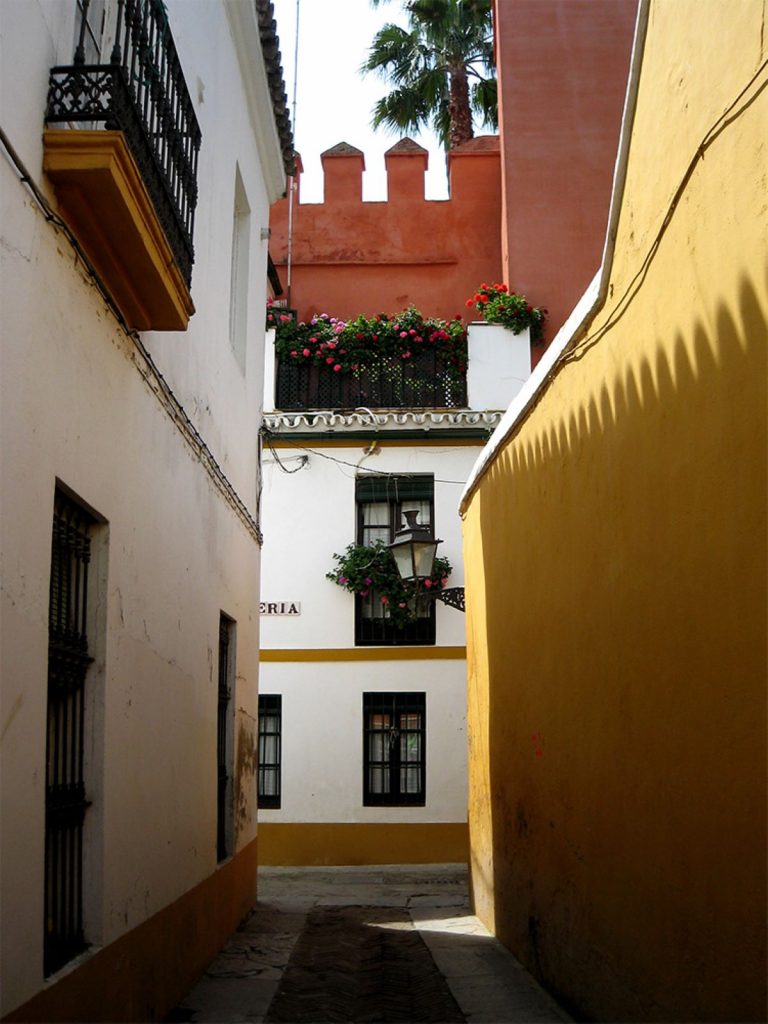
Puerta del Príncipe: The Bullring
This is the main entrance to Seville’s bullring and where Carmen meets her end at the hands of a jealous Don José. In the bullring’s off season and when there is no bullfight taking place, the bullring and its museum is available to visit.
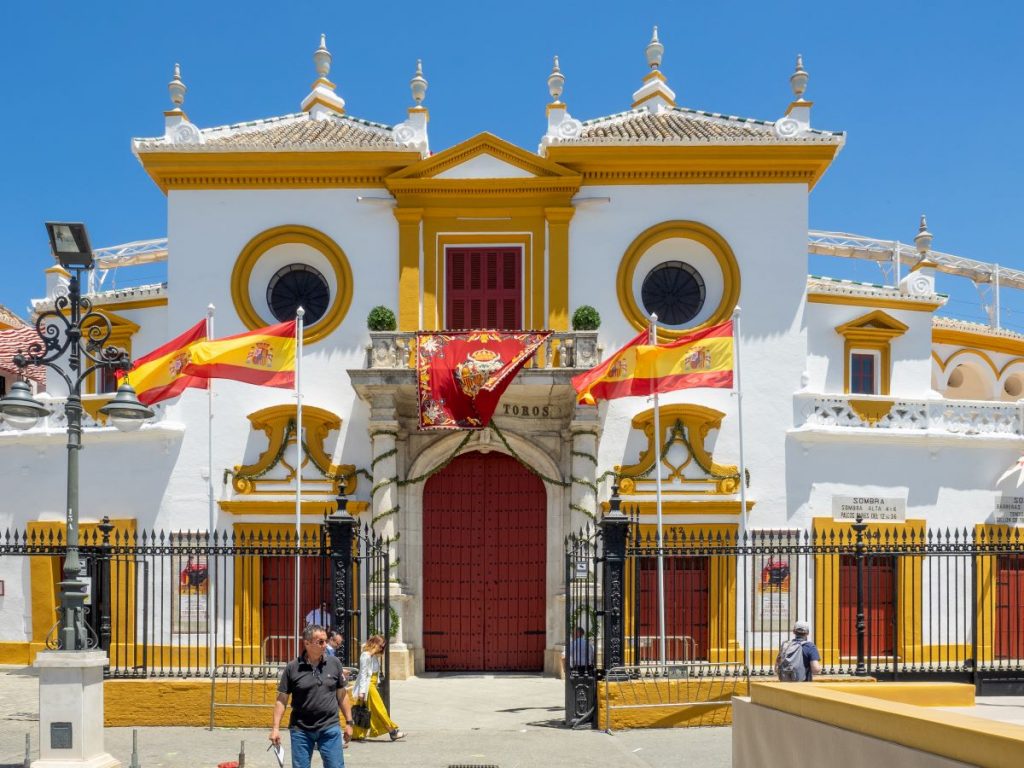
Figaro
The barber Figaro features in two classic operas based in Seville, Rossini’s Barber of Seville and Mozart’s Marriage of Figaro. The first tells the story of Figaro as he helps Count Almaviva win the heart of Rosina. The second is a sequel to the original tale, with Figaro wanting to marry another servant of the count and the count scheming to delay and derail the wedding. While the story of Figaro is entirely fictional, several locations within Seville served as its inspiration.
Figaro’s House
Traveling down Calle San Fernando towards the Cathedral we find ourselves in one of the most breathtaking parts of the city. It is here, around here, where today we find the Archivo de Indias, the Cathedral and the Royal Alcazar where we see where the inspiration for Figaro’s house would have existed.
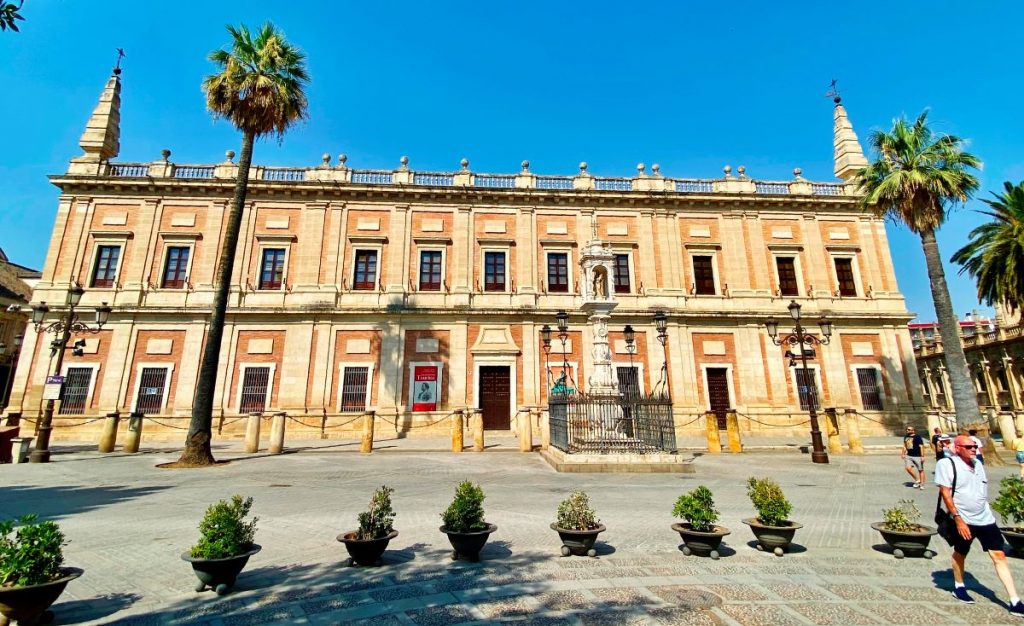
Rosina’s Balcony
Looking at this building in Santa Cruz, you can see why it may have inspired the famous climbing scene in the Barber of Seville. This stunning building in Plaza de Alfaro, with its corner balcony overlooking this little square by the Murillo Gardens embodies the romantic atmosphere of that exchange.
Disappointingly, though known locally as Rosina’s Balcony, it is unlikely that this exact building is the one that struck Pierre Beaumarchais so much to write that scene. Don’t let that deter you, this plaza is one of the entrances to the Santa Cruz neighborhood, the old Jewish Quarter which features in this as well as many other operatic works.
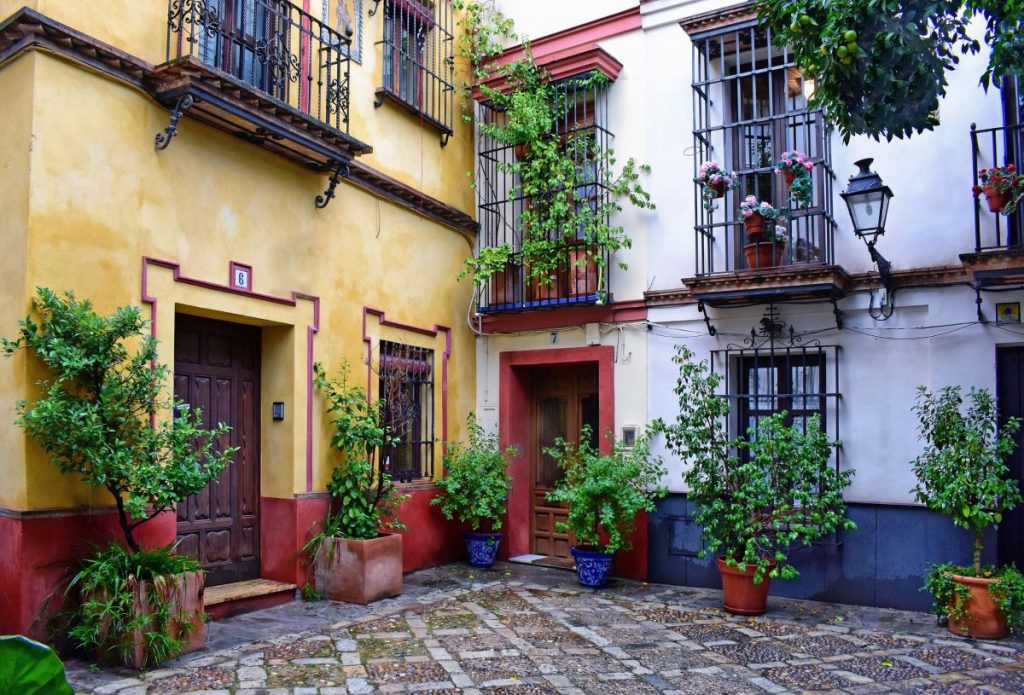
Don Juan
Don Juan is a legendary character around Seville. First appearing in the play The Trickster of Seville and the Stone Guest, Don Juan has featured in many plays and demonstrates the duality of this Spanish city, passion and faith, of wealth and the libertine nature of the aristocracy. While he is a fictional character, you can explore the city and the sights that influenced his creators.
Plaza de los Refinadores
The first stop for those seeking the legend of this Sevillano lothario should be this little plaza behind the Murillo Gardens. The draw here is the statue of Don Juan Tenorio, the famous Don Juan of legend. Sculpted in 1974, it is the feature of this little plaza at the entrance to the Santa Cruz neighborhood, where the legendary Don Juan would have been on the lookout for the next target of his affections.
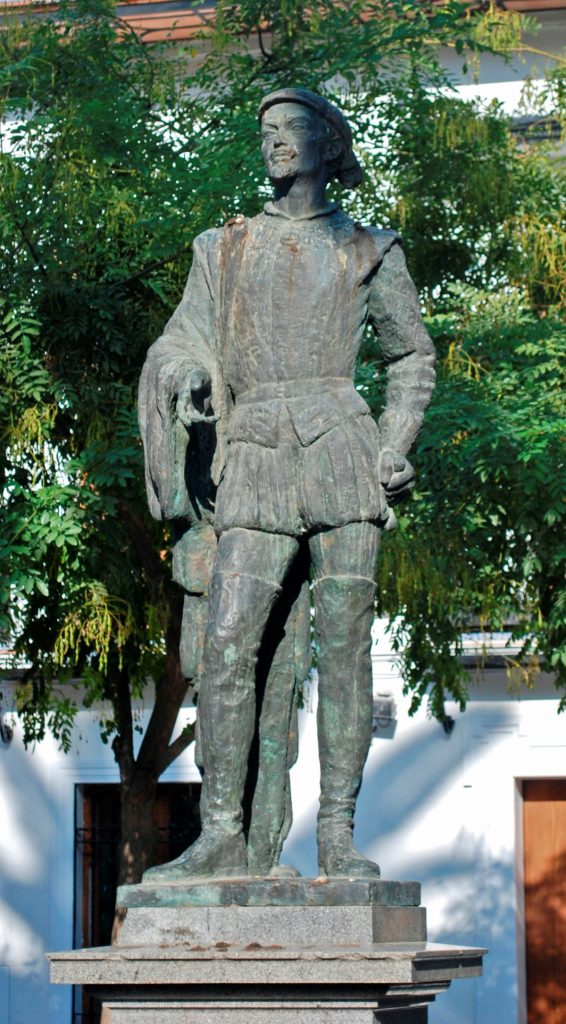
Plaza Doña Elvira
Arguably one of the most beautiful and romantic plazas in Seville, Plaza de Doña Elvira was once home to a famous playhouse and home to one of Don Juan’s supposed conquests. Popular local legend says that this plaza was once home to Don Gonzalo de Ulloa, the father of Doña Elvira for whom the plaza is named. A re-urbanization project in the early 1910s created the romantic plaza we see today, and I think you would agree, it is a setting Don Juan would appreciate.
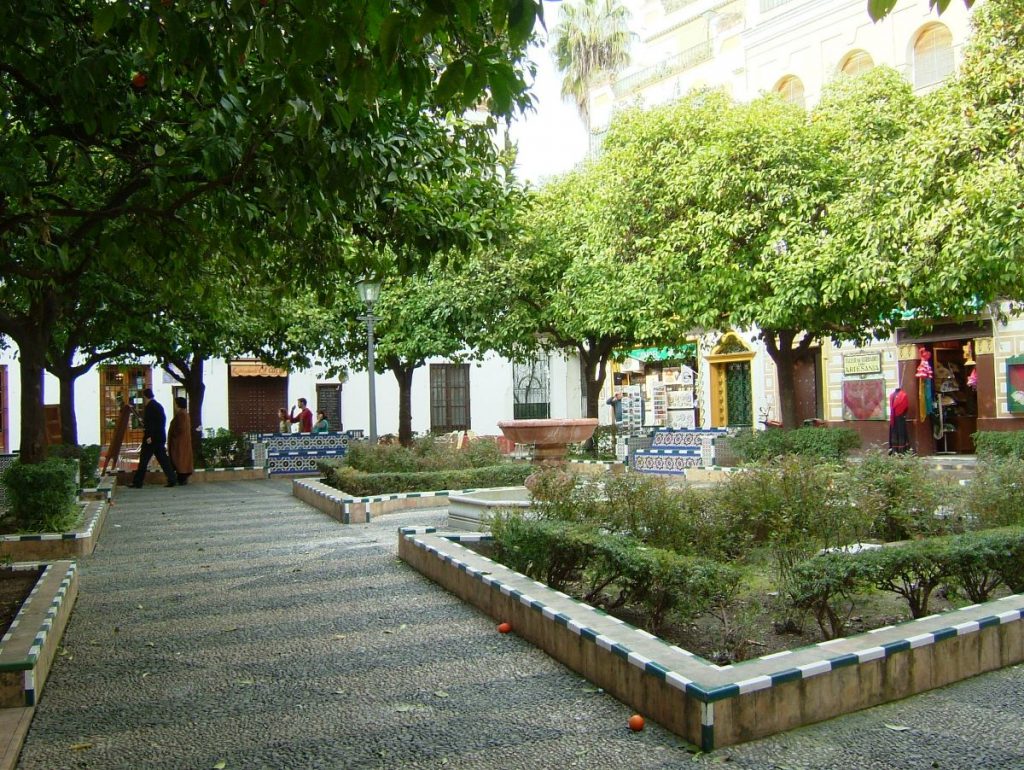
Convento de San Leandro
Situated in Plaza de San Ildefonso, this 13th century convent has been linked to the story of Don Juan via Doña Inés. In Zorilla’s version of the legend, Doña Inés was a pure, innocent girl who crossed paths with our protagonist. Though the events of the story, she joins a convent, locally believed to be this very one, to live the secluded life of a nun, serving in stark contrast to Don Juan’s life of excess.
Other Notable Locations
While Carmen, Figaro, and Don Juan are the biggest names in operatic works that roamed Seville’s narrow, time-worn streets, they are by far not the only ones to have done so. Here are some of the locations worth visiting with connections to other operas in Seville settings.
Palacio de Mañara
Though local myth puts the inspiration for Don Juan as Miguel de Mañara, a 17th century nobleman who in his youth lived a life of hedonism and debauchery only to repent in later life and funded many charitable institutions such as the Hospital de la Caridad, there is little evidence of this.
However, Miguel de Mañara did inspire Henri Tomasi’s 1942 work, Miguel Mañara. So it is in this section we can direct you to the Palacio de Mañara on Calle Levies. This palace was bought and remodelled into what you see by Miguel’s father in 1523. Today it is owned by the Andalusian government and is the office of cultural heritage.
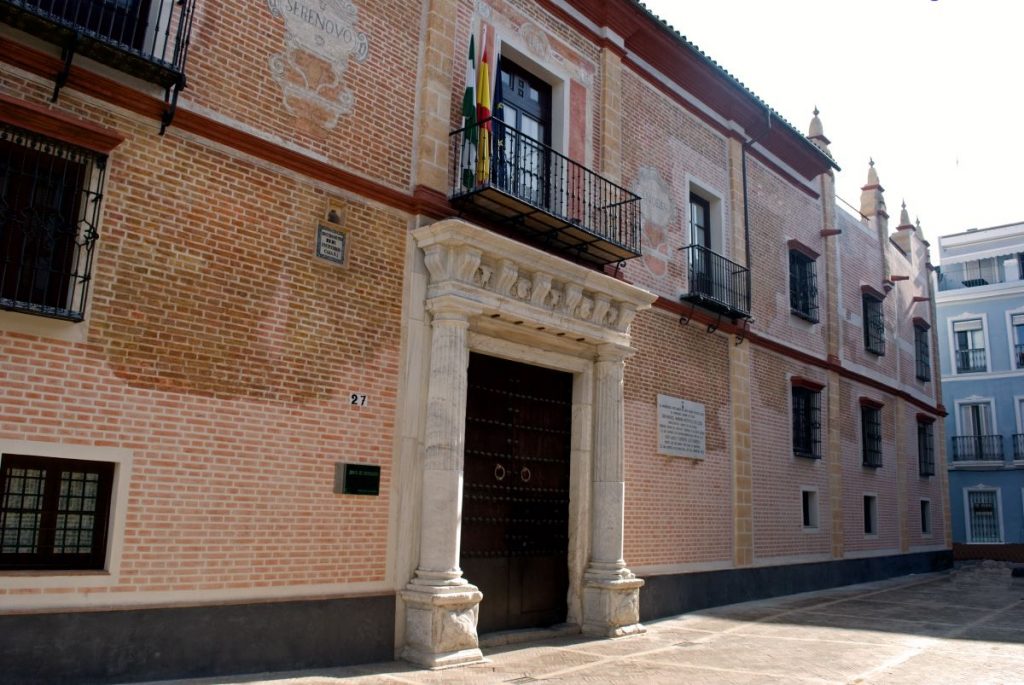
Hospital de Caridad
Continuing with Miguel de Mañara, as part of his repentance for his past misdeeds, he joined and eventually became the main brother in the Hermandad de la Caridad. He completely changed the aims of the brotherhood, converting it from an organization dedicated to offering comfort to convicts and ensuring they and the poor received proper burials, to one dedicated to the service of the living, including the funding of this hospital, giving the city’s poor a place where they too could receive care. This remains one of the cornerstones of the brotherhood today, with the brothers all volunteering their time to help those in need.
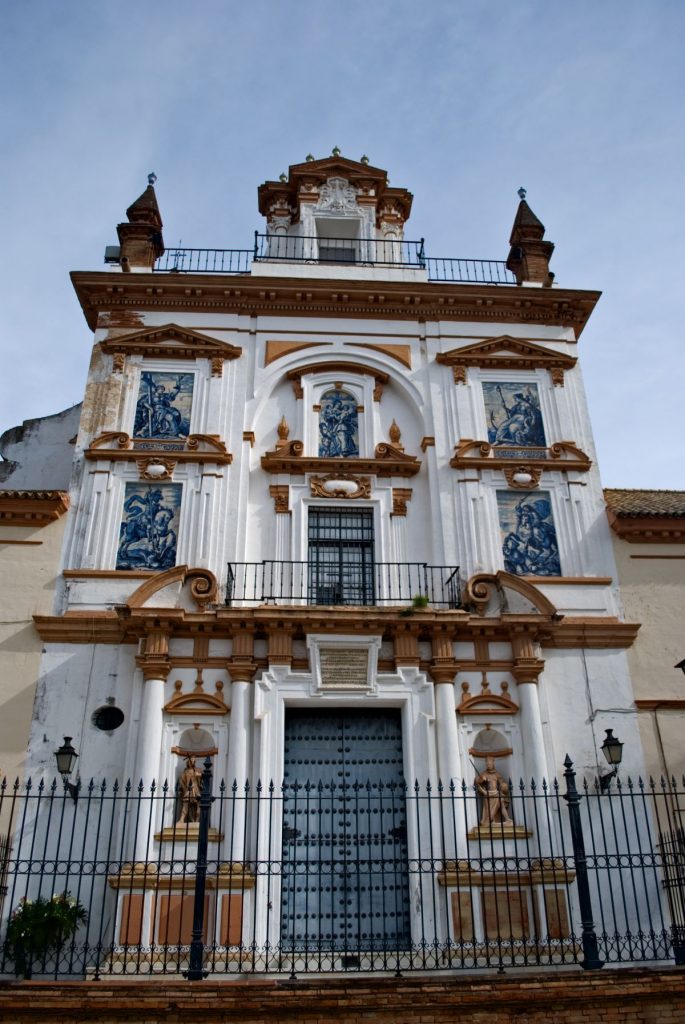
Cárcel de Castillo de San Jorge
The dark history of the Castillo de San Jorge in Triana lends itself to the drama of opera in Seville. The seat of the inquisition in the city, one can only imagine what went on within its fortified walls. It is here where the opening scene of Beethoven’s Fidelio opens.
While the prison section of the castle has been demolished to make was for the Triana market, (well worth a visit for those looking for an authentic taste of the traditional fare of Andalusia ), part of the castle remains and is open to tourists wanting to learn more about the long history of this fortification that can trace its origins to the Almohad Caliphate in the 12th century.
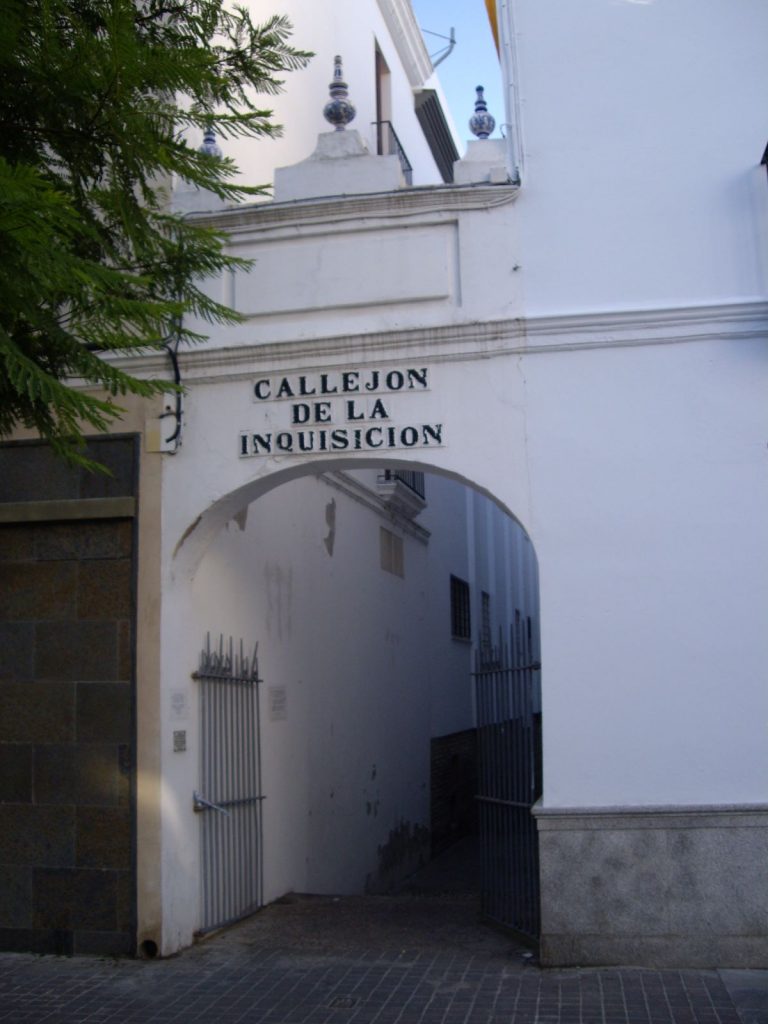
Real Alcazar
Without a doubt, one of the jewels in Seville’s crown, the Real Alcazar has inspired many artists, writers and musicians. So it is no surprise that Donizetti set two of his operas in this spectacular location. The first, Maria de Padilla, tells the story of Maria de Padilla, the mistress to King Pedro the Cruel.
Take a look under the Patio de Crucero and you will find the baños de Maria de Padilla, named so because according to legend she would bathe naked in the waters here. Donizetti’s other opera that used this location was La Favorita. La Favorita is set during the reign of Alfonso XI, who spent much of his rule in Seville as it was a major seat of power.
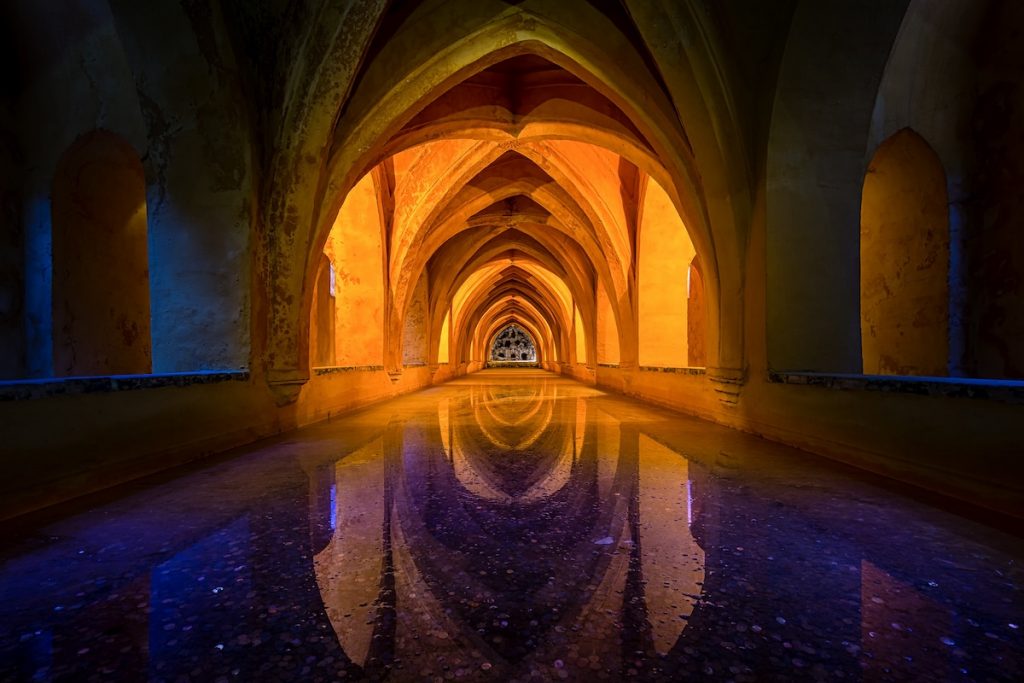
Traveler’s Tip: If you’d like to learn more about the Alcazar, why not join us and beat the queues with our Alone in the Alcazar tour?
Patio de Banderas
This setting, just outside the Alcazar with stunning views of La Giralda through the gateway, serves as the perfect setting for the events of La Favorita. As said in the previous section, La Favorita takes place during the reign of Alfonso XI and Seville was an important political location in this time. The Patio de Banderas would have been a ceremonial square in this period, an important location where court met the public, an ideal backdrop for the political and romantic tension present in the story.
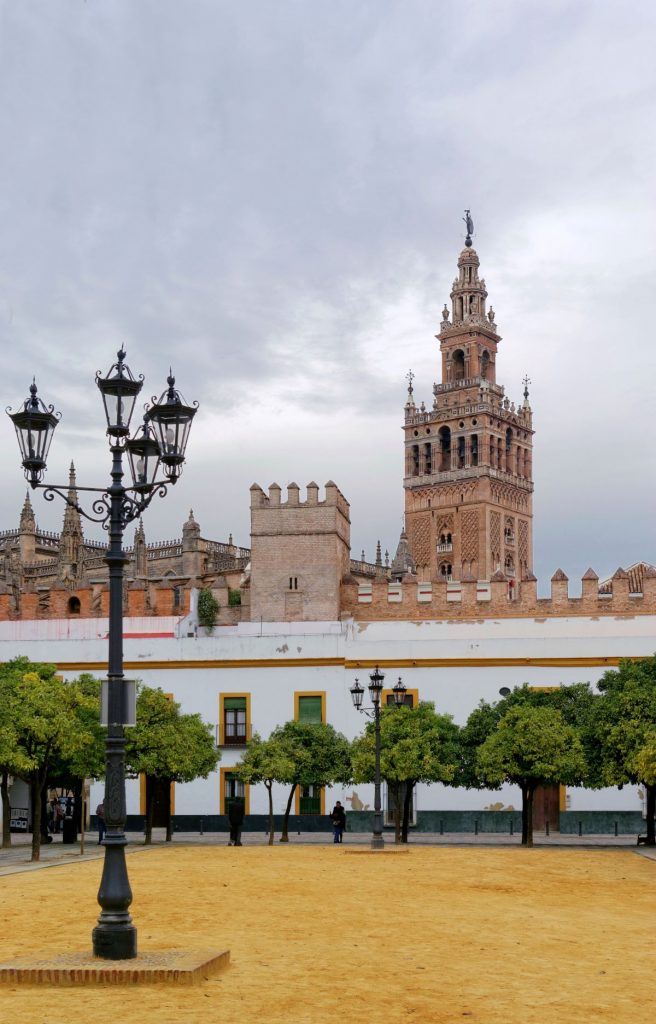
Wandering around the city, particularly Santa Cruz, you can not escape the magical atmosphere that would have inspired so many creative works. Around many corners, you are transported into another world, one where you can almost see Carmen escaping her police escort, or Don Juan loitering looking for his next conquest.
If you need some additional help finding sites of famous operas in Seville, why not keep the footwork going on a walking tour? Our Best of Seville tour includes early access to the Alcazar, the Cathedral and the Jewish quarter. And surely, if you mention to the tour guide about your love of opera, they’ll be sure to point out other operatic sites along the way.
